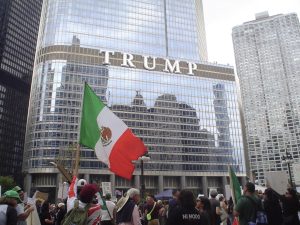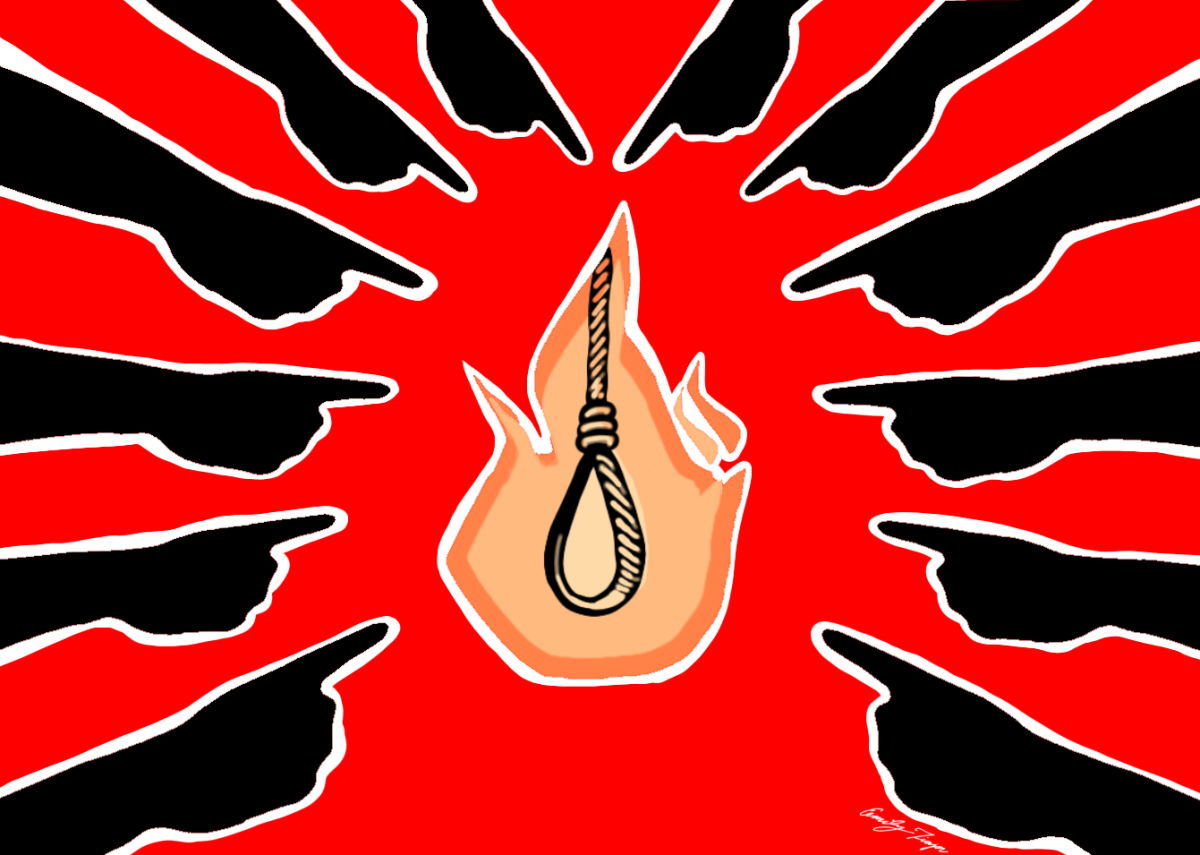Bee the change
October 12, 2016
Hawaii is known for being a tropical paradise. However, with the recent population drop in Hawaiian bee species, it might not look that way for long.
On Sept. 30, 2016 the United States Fish and Wildlife Services put seven yellow-faced bee species on the endangered species list. These seven species are Hawaii’s only indigenous bees, leaving the tropical islands in a state of worry that their natural beauty might all disappear soon.
This is the first time a U.S. endangered species list has included a pollinator of any kind, although if this country keeps going in the direction it’s heading I can guarantee it won’t be the last.
According to a fact sheet provided by the University of Hawaii’s Master Gardening Program, “The seven endangered species are impacted by a wide variety of threats, including habitat destruction because of urbanization or nonnative animals, the introduction of nonnative plant species, wildfires, nonnative predators and natural events such as hurricanes, tsunamis and drought.”
While natural disasters are not something humans have control over, most things listed above are directly our fault. Our ancestors brought over non-native plants and species to aid in our comfort of living in the new world. Urbanization began as early as the first settlers. While it wasn’t to the extreme that it is today, I firmly believe we can blame the beginnings of bee population decline on the decision of Europeans coming to America in the first place.
However, we’ve known the bee population was declining for a very long time, and we have yet to do anything about it. This places the blame directly on us. We have a bad habit in this country of admitting we have problems but not bothering to fix them, especially when it comes to the environment. We focus on political issues before anything else.
If we don’t start working right now to save the bees, we won’t have to worry about political issues. The world as we know it will be gone. According to TruthOut, a progressive internet based news publication, these hardworking critters are responsible for one-third of the food we produce and consume here in the U.S.
They explain, “Without honeybees, whole harvests of fruits, vegetables and nuts would fail. Alfalfa couldn’t survive. That would lead to trouble in the beef and dairy industries, as well. Bees also pollinate oilseeds, which make up much of the world’s supply of fat.”
We’ve let this problem dig itself into a hole. Now it’s up to us to dig it out.
One of the major ways you can help with the honeybee population is to plant bee-friendly flowers and herbs in your yard. It’s important if you do this though, that you stop the use of pesticides and herbicides in your plants. While it might seem like a small scale solution, if everyone does it it could make a big impact.
If you aren’t able to garden due to space or time, try to support your local farmers by purchasing produce from the farmers market. Often bees like to assist in pollination farm crops, and you get to help out your local economy which is always a plus! While you’re there, stop by the local honey stand. Not only will you be directly supporting bee colonies in your area, but it’s a great homeopathic alternative to cure seasonal allergies.
Helping the bees can even be as simple as not weeding your garden. Honeybees in particular are addictingly attracted to the wild clover that grows all throughout Illinois and most of the country! Just leave your lawn to the weeds and rest assured that you are doing your part to save the world.
Finally, and most importantly, tell our people in charge about your concern. I personally was able to lift the ban of clovers in a yard from a local Home Owners Association in Naperville, and all it took was one phone call. Write to your congress. Talk to your landscapers. Anything helps, and nothing will change until we all start. Little things will lead to big changes, and maybe one day we will be able to take our precious winged friends off the endangered species list.




















